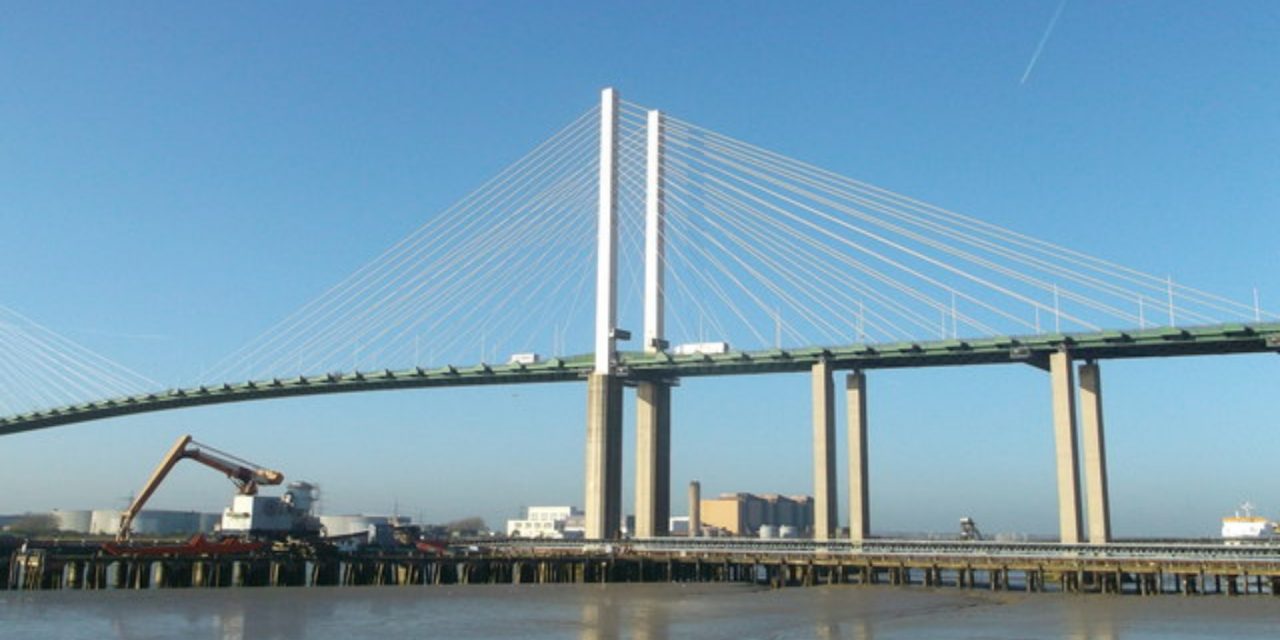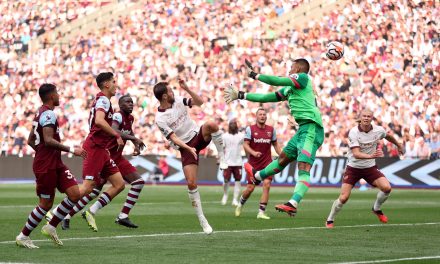With changes coming to the Dart Charge system later this month, we gathered all the information you need to know about the Dartford Crossing and the fees involved.
Here if everything you need to know about the Dartford Crossing charge including how much it costs, how to pay it, discounts, fines, upcoming changes and further debate.
What is the Dartford Crossing?
The Dartford Crossing, which consists of two tunnels for northbound traffic and the Queen Elizabeth II bridge for southbound traffic, has a long history of connecting London and Kent.
The bridge was unveiled in 1991, a few years after the completion of London’s M25 orbital motorway.
Prior to this, all vehicles traversed through the tunnels, with the first tunnel opening in 1963 at a cost of £13 million.
To finance this venture, drivers were required to pay a toll of two shillings and sixpence.
As traffic continued to increase, an additional tunnel was constructed in 1980, accommodating the 65,000 vehicles that passed through the crossing daily.
This escalating congestion prompted the implementation of a new system in 2014.
The Dart Charge eradicated toll booths and necessitated online or phone payments, relieving drivers of potential delays caused by the previous payment process.
With approximately 160,000 vehicles utilizing the crossing each day, this adjustment aimed to create a more streamlined and efficient experience for commuters and travellers alike.
How much does it cost to travel on the Dartford Crossing?
To use the Dartford Crossing between 6am and 10pm, payment of the charge is required. This charge applies every day, including weekends and bank holidays.
The amount you need to pay for crossing depends on the type of vehicle you are driving and whether or not you already have an account on the Government website.
Motorcycles, mopeds and quad bikes can travel for free on the crossing.
Cars (including trailers), motorhomes and any minibuses that have 9 or less seats pay £2.50 as a one-off payment or £2 if they have an account.
Buses, coaches, vans and other goods vehicles that are vehicle class C with two axles pay £3 as a one-off payment or £2.63 with an account.
D class vehicles with more than two axles pay £6 as a one-off payment or £5.19 with an account.
If you have a disability and receive free UK vehicle tax due to that disability, you are exempt from paying the charge.
Your vehicle will be automatically checked as you cross, so you don’t need to take any action.
If you are a driver with a disability, you can find out how to obtain free vehicle tax If you pay Council Tax to Dartford borough council or Thurrock council as a local resident, you can apply for a discount on the Government website or via post (you can download the form on the Gov website).
There are two options for the local resident discount:
• Pay £20 per year for unlimited usage of the Dartford Crossing.
• Pay £10 for 50 crossings, with an additional charge of 20p for each extra crossing.
What happens if I don’t pay the Dart Charge?
Automatic number plate recognition (ANPR) technology is used to police crossings.
If you use the Dartford Crossing without paying the Dart Charge, a penalty charge of £70 will be issued and sent to the address where your vehicle is registered.
However, if you pay the penalty charge within 14 days, the amount will be reduced by half to £35. Failing to pay will increase the penalty charge to £105.
You will still be responsible for paying the original fee.
If you believe you have been unfairly fined, it is possible to appeal.
The RAC highlighted the occasional misreading of number plates by the automated system.
What changes are happening to Dart Charge?
A new service provider named Conduent has been appointed for the responsibility of vehicle identification, payment processing and account management.
These changes and new banking requirements mean that Dart Charge account holders will need to re-validate their payment cards from July 28, 2023, including Pay as You Go customers.
National Highways says that it has contacted customers that will be affected and that there will be “easy to follow instructions” when customers log into their accounts.
If no action is taken and the account is not revalidated, crossings will not be automatically paid due to invalid card payment details, which may result in a Penalty Charge Notice (PCN) being issued.
National Highways said that “whilst they recognise that this may be an inconvenience to existing customers, their communication campaigns and easy to follow online instructions aim to reduce the impact”.
A National Highways spokesperson said: “We initially wrote to all Dart Charge account holders in May 2023. The second direct communication to account holders began on the July 3 and will complete on July 22.”
Was the Dartford Crossing meant to be free?
According to the RAC, in 1999 the Government made an announcement that the Dartford Crossing would become toll-free by the end of 2003.
However, in 2001, the Government reversed its decision, and the agreement was no longer upheld.
Despite the original debt being repaid in 2002, fees were increased in 2014 with the implementation of the Dart Charge system.
Currently, the Government does not have any intentions to eliminate the road user charge at the Dartford Crossing.
In response to a now-closed petition, the Government stated that the charge exists to manage the demand for the crossing.
The rationale behind maintaining the charges is to prevent a significant increase in traffic volumes and subsequent congestion that would occur without these fees.
Join the exciting world of cryptocurrency trading with ByBit! As a new trader, you can benefit from a $10 bonus and up to $1,000 in rewards when you register using our referral link. With ByBit’s user-friendly platform and advanced trading tools, you can take advantage of cryptocurrency volatility and potentially make significant profits. Don’t miss this opportunity – sign up now and start trading!









Recent Comments